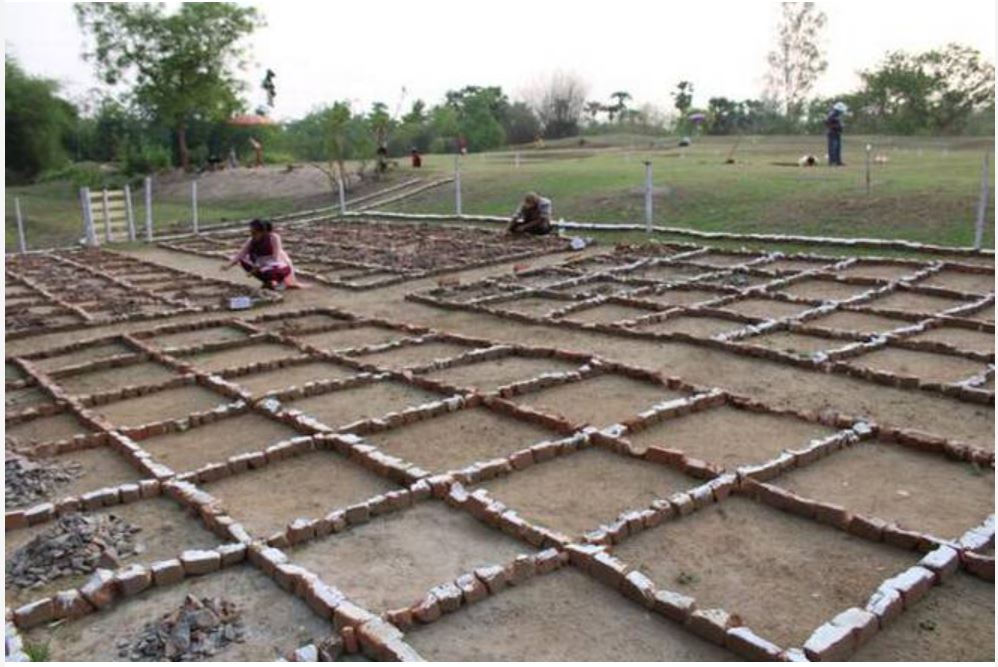
An archaeological wing of the Odisha government, the Odisha Institute of Maritime and Southeast Asian Studies (OIMSEAS), has discovered a 4,000-year-old settlement and ancient artifacts in the Balasore district.
The OIMSEAS had sought permission from ASI to document the site. At Durgadevi hamlet in Remuna tehsil after they discovered signs of fortified early historic structures. Durgadevi is 20 kilometres from Balasore.
The site has a circular mud structure of about 4.9 kilometers. It is between the Sona river to the south and the Budhabalang river to the northeast.
At the excavation site, archaeologists discovered distinct signs of three cultural periods: Chalcolithic (2000 BCE to 1000 BCE), Iron Age (1000 BCE to 400 BCE), and Early Historic Period (1000 BCE to 400 BCE) (400 BCE to 200 BCE).
“On its north and south sides, two minor nullas, Gangahara and Prassana, link the site, producing a natural moat for the site, which was an ancient water management system built at least 4,000 years ago,” according to the OIMSEAS.
Excavation began with the goal of correlating the simultaneous growth and development of maritime activities, urbanization. On India’s east coast, linking the Ganga valley in the north, to the Mahanadi valley in central Odisha, has a special focus on early cultural development in northern Odisha.
The horizontal excavation was concentrated in a two-acre region of high land, where a cultural deposit of about 4 to 5 meters was seen. Archaeologists discovered a human village as well as Chalcolithic period antiques.
The site also disclosed cultural artifacts from the early historic period, including redware pottery specimens, terracotta ear studs, bangles, beads, and other conical objects.
“From an agricultural basis to trade and the erection of fortifications around the site with a moat, which reflect the emergence of urbanization at Durgadevi circa 400 BCE to 200 BCE,” stated the OIMSEAS Secretary.








